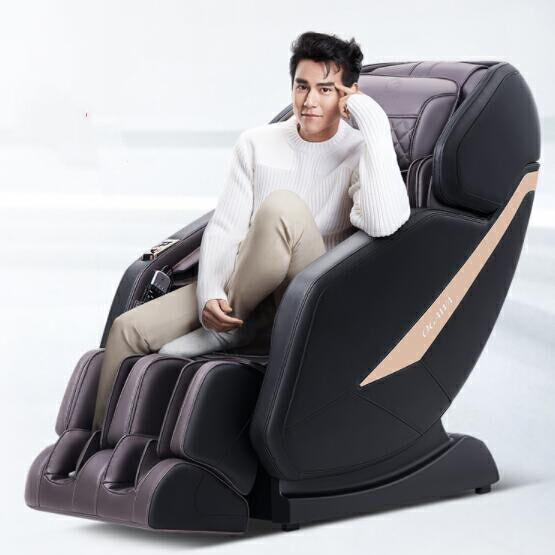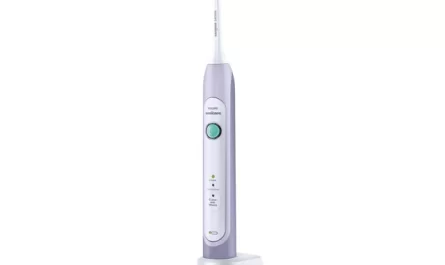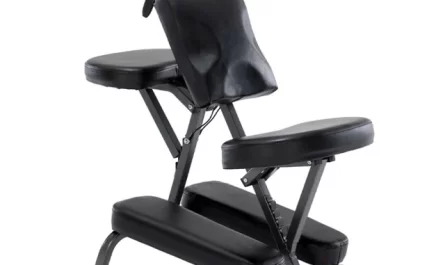Introduction
Massage chairs have gained popularity as a convenient and accessible option for relaxation and stress relief. These chairs offer a variety of massage techniques and customizable settings to provide comfort and pain relief. While many individuals find massage chairs beneficial, it is important to consider the medical community’s perspective on their usage. In this guide, we will explore what doctors have to say about massage chairs, examining their opinions and insights regarding the potential benefits, limitations, and considerations associated with using these chairs for therapeutic purposes.
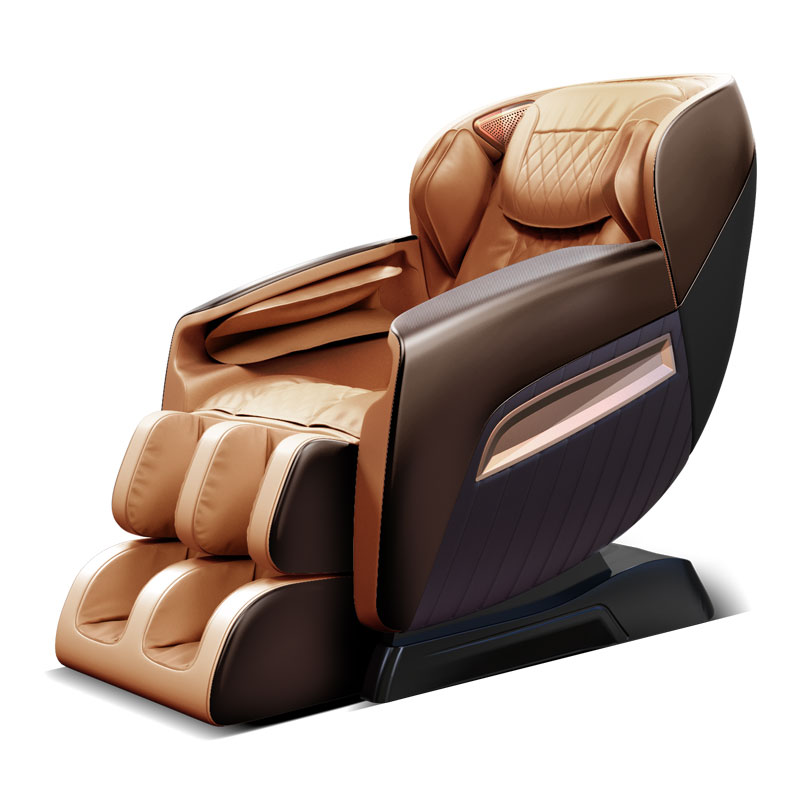
What do doctors say about massage chairs?
Therapeutic Benefits
1.1. Relaxation and Stress Reduction
Doctors recognize that massage chairs can induce relaxation and reduce stress levels. The rhythmic movements and pressure applied by the chairs can help release tension in the muscles and promote a sense of calm. By providing a soothing experience, massage chairs can assist in managing stress-related conditions, such as anxiety or insomnia.
1.2. Improved Circulation
Massage chair technology often incorporates features that stimulate blood flow throughout the body. Doctors acknowledge that the repetitive motions and pressure applied by massage chairs can enhance circulation, facilitating the delivery of oxygen and nutrients to various tissues and organs. Improved circulation can have positive effects on overall health and well-being.
1.3. Muscle Tension Relief
Massage chairs target specific muscle groups and apply pressure to alleviate muscle tension and stiffness. Doctors recognize that these chairs can help relieve pain associated with muscle imbalances, overuse injuries, or chronic conditions such as fibromyalgia. By promoting muscle relaxation, massage chairs can enhance flexibility and range of motion.
1.4. Enhanced Recovery and Rehabilitation
Doctors often recommend massage therapy as part of recovery and rehabilitation protocols. Massage chairs offer similar benefits by providing targeted pressure and kneading motions to specific areas of the body. Doctors agree that massage chairs can support the healing process and aid in the recovery from injuries, surgeries, or sports-related strains.
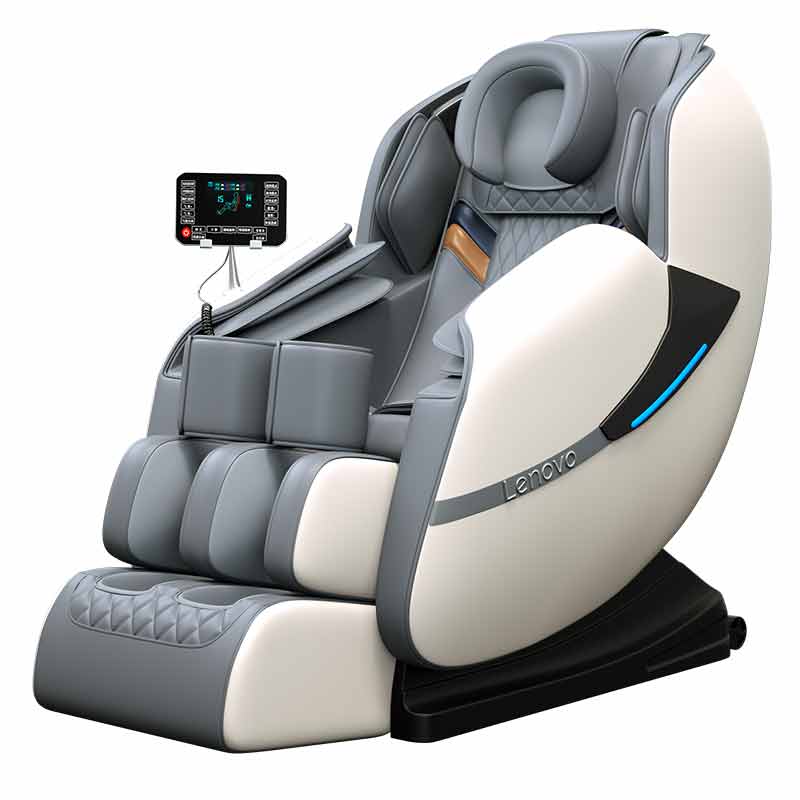
Limitations and Considerations
2.1. Individual Variability
Doctors emphasize that the effectiveness of massage chairs can vary among individuals. Factors such as body type, muscle sensitivity, medical conditions, and personal preferences can influence the experience and outcomes of using a massage chair. Some individuals may find massage chairs highly beneficial, while others may prefer alternative methods or experience discomfort during use.
2.2. Lack of Personalized Treatment
Unlike human massage therapists, massage chairs lack the ability to customize and adapt treatments based on an individual’s specific needs. Doctors acknowledge that massage chairs provide general techniques and settings that may not address specific pain or discomfort in the same way a skilled therapist can. As a result, massage chairs may not offer the same precision and tailored treatment as human touch.
2.3. Limited Diagnostic Capabilities
Doctors caution that massage chairs cannot diagnose underlying medical conditions or provide a comprehensive assessment of muscle imbalances or injuries. While massage chairs can help with temporary pain relief, they may not address the root cause of chronic pain or more complex musculoskeletal conditions. It is important to consult with healthcare professionals to receive a proper diagnosis and develop a comprehensive treatment plan.
2.4. Potential Risks for Certain Conditions
Doctors highlight that individuals with certain medical conditions or injuries should exercise caution when using massage chairs. For instance, individuals with osteoporosis or recent fractures may be at increased risk of bone damage from the pressure applied by massage chairs. Similarly, individuals with open wounds, herniated discs, deep vein thrombosis, or acute inflammation should avoid using massage chairs or consult with healthcare providers before doing so.
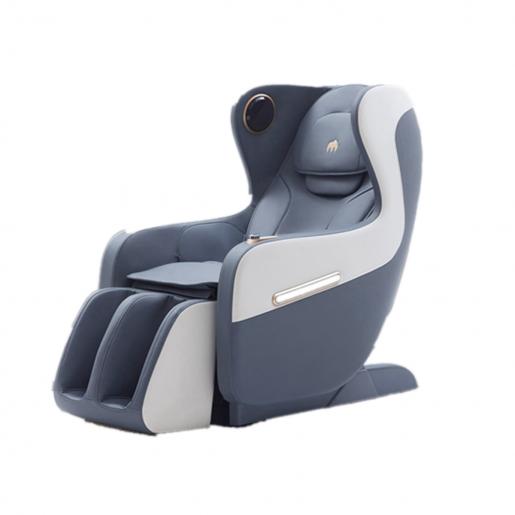
Complementary Role in Healthcare
3.1. Relaxation and Stress Management
Doctors acknowledge that massage chairs can play a supportive role in relaxation and stress management for individuals who are unable to access or afford regular visits to massage therapists. Massage chairs provide a convenient and accessible option for those seeking relaxation at home or in workplaces.
3.2. Supplemental Approach to Therapeutic Care
Doctors often recommend massage therapy as a supplemental approach to other forms of treatment, such as physical therapy, chiropractic care, or medication. Similarly, massage chairs can be used as complimentary tools to support these treatment modalities, providing additional benefits and enhancing outcomes.
3.3. Home-Based Care
Massage chairs offer a home-based solution for individuals who require ongoing pain management and relaxation. Doctors recognize that the convenience of having a massage chair at home can be particularly beneficial for those with chronic conditions or mobility limitations. This accessibility allows individuals to receive regular massage therapy within the comfort of their own homes, potentially reducing the need for external appointments.
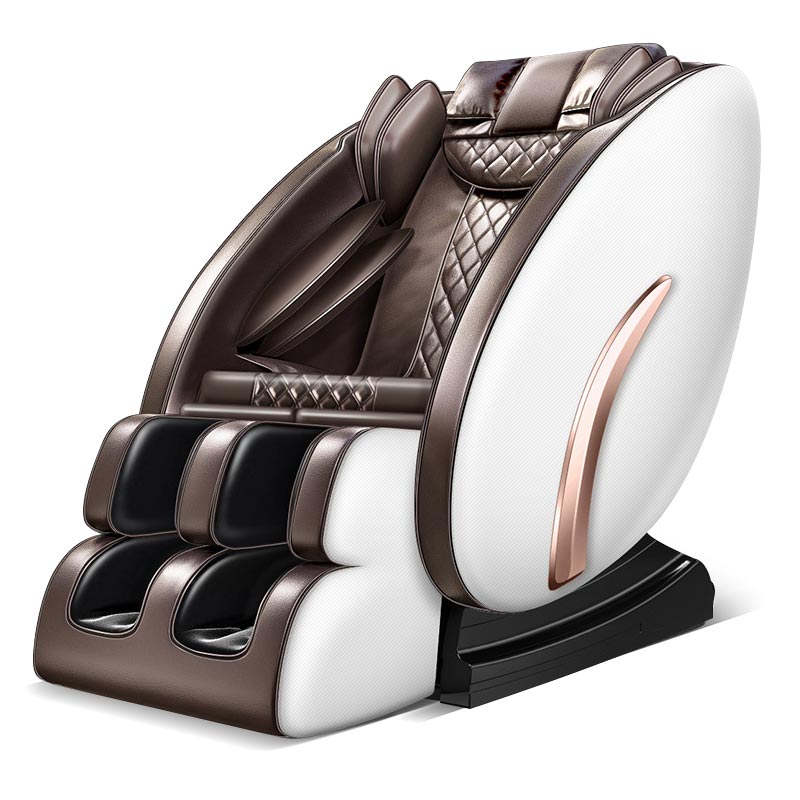
Individual Considerations and Precautions
4.1. Consultation with Healthcare Professionals
Doctors emphasize the importance of consulting healthcare professionals before using a massage chair, especially for individuals with pre-existing medical conditions or injuries. Healthcare professionals can provide guidance, suggest appropriate settings, and determine if any contraindications exist based on an individual’s unique circumstances.
4.2. Balancing Frequency and Duration
Doctors recommend finding a balance between regular usage and moderation when incorporating massage chairs into a wellness routine. Excessive or prolonged use of massage chairs may lead to muscle soreness or discomfort. Following the manufacturer’s guidelines and gradually increasing usage can help avoid overexertion and achieve an optimal balance.
4.3. Personal Sensations and Comfort
It is essential to listen to the body’s signals and adjust the settings of the massage chair according to personal comfort levels. Doctors advise individuals to be mindful of any sensations of pain, discomfort, or excessive pressure during a massage session. Adjusting the intensity or focusing on specific areas that require attention can help individuals optimize the benefits while avoiding adverse effects.
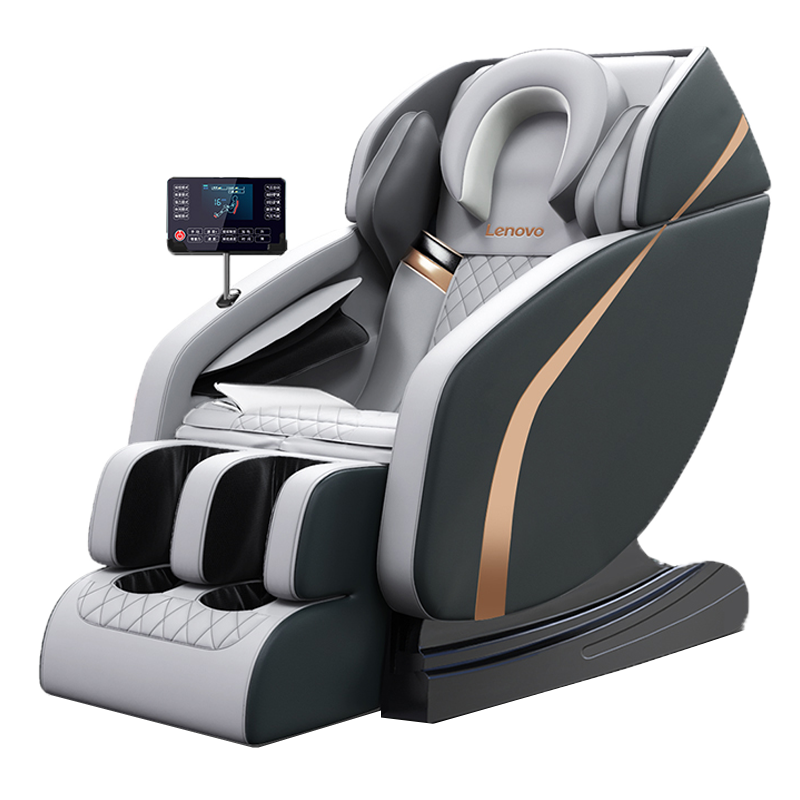
Conclusion
Doctors acknowledge the potential benefits of massage chairs for relaxation, stress reduction, improved circulation, muscle tension relief, and supporting recovery processes. While recognizing the limitations of massage chairs, doctors view them as complementary tools in healthcare, particularly in situations where individuals may not have regular access to professional massage therapists or require ongoing home-based care. Understanding individual considerations, seeking professional advice, and using massage chairs as part of a comprehensive treatment plan can help individuals maximize the benefits while ensuring safety and comfort. By incorporating doctors’ insights and recommendations, users can make informed decisions about incorporating massage chairs into their wellness routines.

